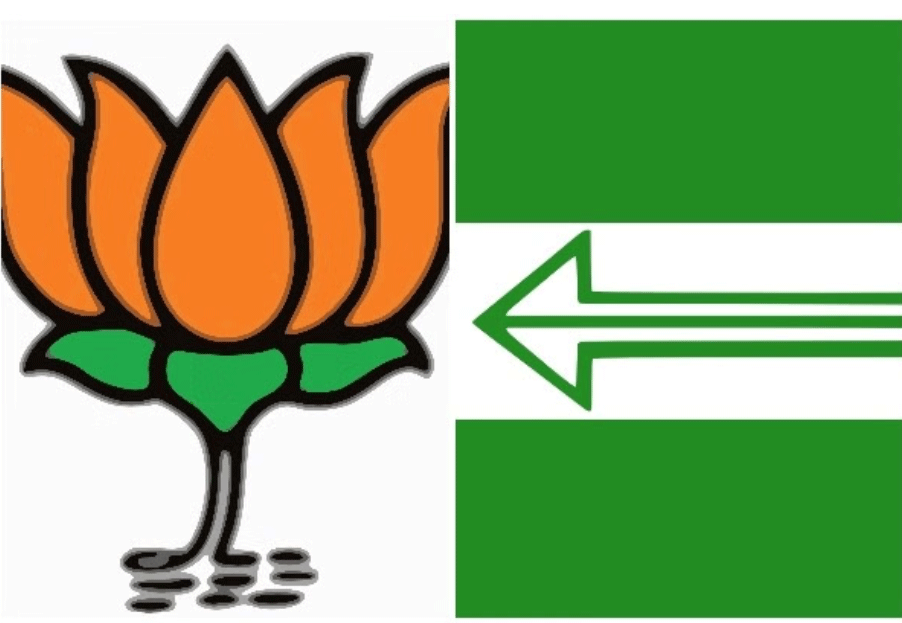Patna: Political observers in Bihar are intensely scrutinizing the vote transfer mechanism between the Janata Dal (United) and the Bharatiya Janata Party, a crucial element for the success of the National Democratic Alliance. Historical data and current ground reports suggest the transfer is not perfectly seamless, presenting both a challenge and an opportunity for the alliance.
Analysis of previous elections indicates a discernible gap in reciprocal vote transfer. In the 2020 Assembly polls, the JD(U) reportedly managed to transfer approximately 70 percent of its support base to BJP candidates. However, the BJP’s ability to reciprocate to the JD(U) was notably lower, estimated at around 55 percent.
This 15 percentage point deficit highlights a historical trust deficit and a tendency for a segment of the BJP’s core voters to either abstain or vote for other parties when the JD(U) fields the candidate, a phenomenon exacerbated in the past by allies like the Lok Janshakti Party contesting against JD(U) nominees.
The current electoral environment sees the NDA banking on several factors to improve this cohesion. The return of allies like Chirag Paswan’s LJP (Ram Vilas) and Upendra Kushwaha’s Rashtriya Lok Morcha is expected to strengthen the social coalition, particularly by consolidating the Extremely Backward Class, Mahadalit, and certain caste votes that had fractured earlier. The BJP’s organizational strength and the personal charisma of Prime Minister Narendra Modi are also being leveraged to compensate for any anti-incumbency sentiment directed at Chief Minister Nitish Kumar and the JD(U).
A key focus for the JD(U) is the consistent support from women voters, a segment cultivated through welfare schemes over the years. The success of recent government welfare schemes, particularly cash transfers targeting women, is expected to reinforce this core support, and the alliance is relying on this block to transfer votes reliably to the NDA candidate, regardless of party affiliation.
However, the political landscape remains complex. The equal seat-sharing arrangement between the JD(U) and BJP for the first time signals a shift in power dynamics, potentially affecting how party cadres view their reciprocal duties on the ground. Furthermore, local candidate selection and caste equations remain paramount, often overriding broader alliance messaging. In some constituencies, the history of internal rivalry and caste-based political dynamics still poses a risk to the complete transfer of votes between the two major NDA constituents.
In conclusion, while the JD(U) and BJP are working to ensure maximum voter transfer through a reinforced social coalition and welfare outreach, the perfect cohesion remains a subject of continued political and media scrutiny. The final outcome of the election will heavily depend on how effectively the two principal NDA partners manage to merge their distinct voter bases at the constituency level.


